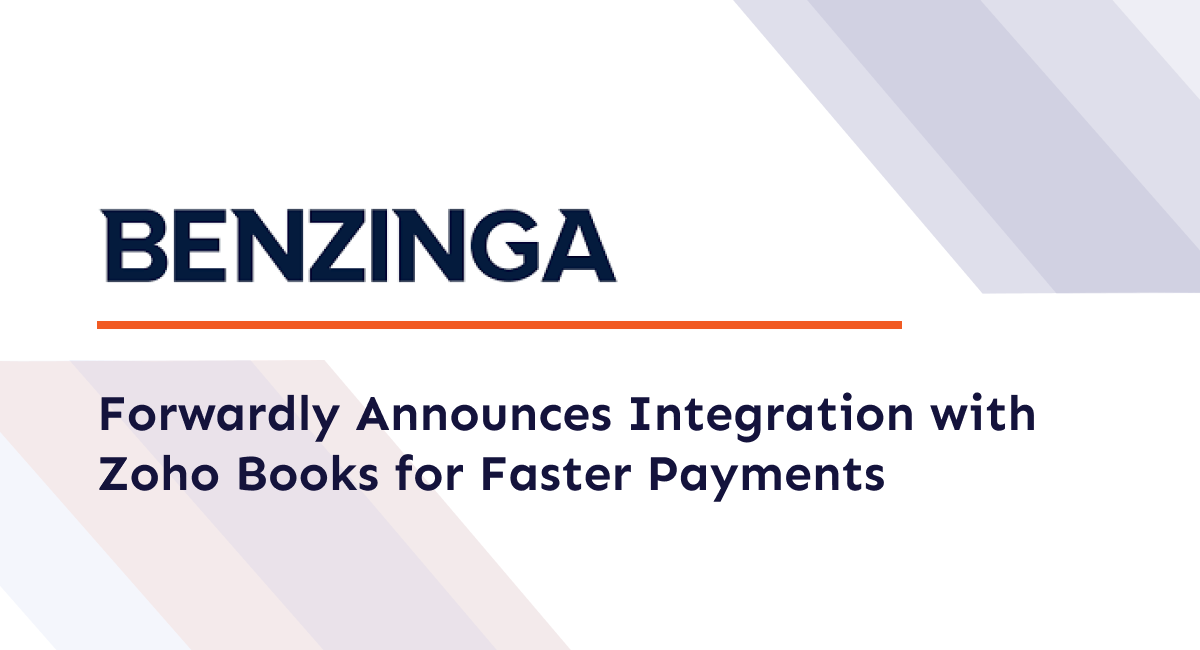Originally published on Entrepreneur.com
For any business, the main goal is to thrive and grow sustainably while fulfilling the needs of its customers and stakeholders. But if you’re constantly fretting about financial problems in your business, it can hold you back from reaching your goals and realizing your dreams. To keep focusing on your goals and not get stuck worrying about finances, it’s important to learn how to manage cash flow issues which can be unexpected at times.
Nearly 9 out of 10 businesses often face late payments, with 87% reporting invoices are typically settled after the due date. When payments arrive after the due date, it can disrupt your finances. To prevent this, keeping a close watch on your finances and being prepared for surprises is essential.
Related: Slow Payment Options Are Costing Your Business — Here’s the Alternatives of the Future
Craft a detailed budget
A meticulously detailed budget is essential for sound financial management. Allocating emergency funds equivalent to at least three to six months of operating expenses provides a safety net for unforeseen setbacks, helping you stay prepared. When you know exactly how much money is coming in and going out of your business, you can make better decisions about where to spend it and how to save it.
Making a budget from scratch might seem like a lot of work, but there are tools, like easy-to-use accounting software, that can help. These tools break down your estimated income and expenses and even compare them to what actually happens. It’s a roadmap that guides you through your financial year, ensuring you stay on track even when unexpected expenses arise.
Real-time monitoring
Keeping track of your business’s performance in real-time helps you spot any cash flow problems early. It’s a heads-up to make smart decisions. By monitoring key performance indicators (KPIs) such as return on investment (ROI), customer acquisition cost (CAC) and conversion rates, you can quickly identify any areas where your efforts may be falling short. This helps you make smarter decisions and use your resources better, getting the most out of your investment.
Strategic negotiation of payment terms
Negotiating invoice payment terms with your vendors or partners means discussing better ways to pay with them. You can improve liquidity and reduce financial strain by negotiating favorable payment terms and optimizing cash flow cycles. Even small adjustments to payment terms can significantly impact cash flow, allowing you to maintain financial stability while focusing on delivering exceptional results for clients. This way, you can stretch your dollars further, ensuring you have enough cash to cover your expenses and keep your business running smoothly.
With businesses increasingly seeking efficient ways to manage cash flow, extended payment terms offer an attractive solution. These extended periods for payment, exceeding conventional terms like Net 30, Net 60, or Net 90, provide valuable flexibility, particularly for managing sizable invoices. When you’re working with a new vendor, it’s a good idea to talk about how you’ll pay them along with other details like price and delivery times. Some vendors might even offer discounts if you pay them earlier than agreed.
Agile budget reallocation based on performance
Adjusting your budget based on what’s working best helps you spend money more wisely. By putting resources into the most successful products or services, you get better returns and reduce financial stress. This flexibility lets you quickly adapt to changes in customer demands and market trends, keeping your business competitive and growing.
Explore diverse financing options
Looking into different ways to get finances when you need it helps you cover any gaps in your cash flow. By exploring diverse financing options, such as invoice financing and business lines of credit, you can bridge short-term cash flow gaps while awaiting client payments or adjusting budgets to accommodate evolving needs. These financial tools provide additional flexibility and peace of mind, ensuring you have the resources to keep your business moving forward, even in challenging times.
Build a resilient cash reserve
Saving some money for emergencies helps you stay strong even if things get tough. You can withstand unexpected expenses and economic downturns by maintaining a cash reserve equivalent to at least 25% of annual expenses. This financial buffer provides peace of mind and ensures you can serve clients effectively.
Related: 4 Cash Flow Trends To Know About in 2024
Ensure long-term resilience
Making sure you’re ready for whatever comes your way helps you stay strong and keep growing, no matter your challenges. By learning how to manage cash flow and adopting a proactive approach to financial planning, you can position your small business for sustained growth and success in the competitive industry. Ultimately, prioritizing financial stability and resilience ensures that your business thrives and achieves its long-term goals.
 Back to Blog
Back to Blog


